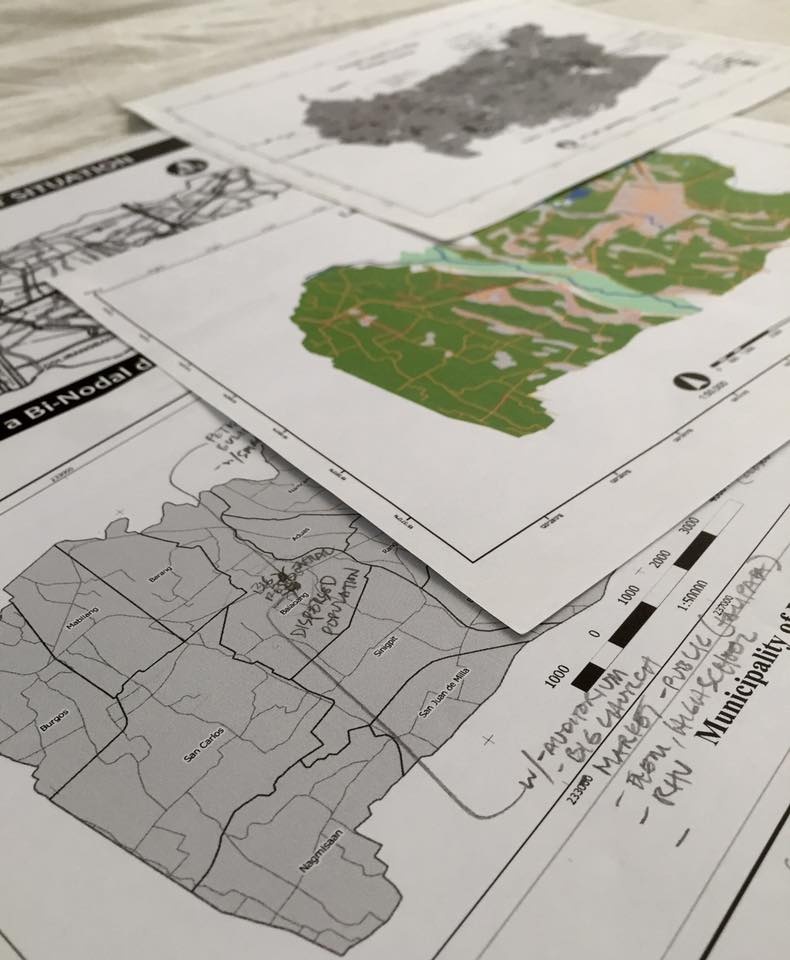Module 9 Discussion: Information Territory - The Case of Paniqui Municipality, Tarlac Province, Philippines
FC-01x Future Cities (1st Run) - Discussion - "Territorial Design Project"

Uploaded on 2016-05-16 by Jasonbsantos
[1]: https://edxuploads.s3.amazonaws.com/14633756583859752.jpg The discussion will be focused on the Municipality of Paniqui, Province of Tarlac in the Philippines. The area is land-locked by the municipalities of Moncada in the north and Gerona in the southern part. This was the place where my group did our practical and actual planning workshop as part of the curriculum in our graduate course in urban and regional planning. The objective of the course is to develop a comprehensive land-use plan for the municipality applying the planning processes and the data coming from the different stakeholders – local government agencies, business community and local dwellers. Also, our group consists of diverse background like technical, business, legal, institutional and economic fields. The planning processes implemented were similar in the given example at Zurich. The problem was defined and analyzed in detail, participated by the users of the plan itself – the different stakeholders of Paniqui, Tarlac. Important questions like how the municipality is seen and envisioned were highlighted. The perception of the area and the vision for the municipality, including the territory were extracted from the users and stakeholders through participatory planning by coordinating visioning workshops and dialogues with the local government leading to the local municipality dwellers. The process of developing shared ideas for future urban patterns for practical implementation was accomplished and stressed in the planning process. The planning deficiencies in Zurich and Paniqui also has similarities, the lack of diagonal understanding between land-use planning, transportation planning, ecology, sociology, and economy when pertaining with the crucial issues of structure, shape and form is evident in both places of concern. This may be brought about by the language barriers, difference in skills and background of the involved stakeholders as cited in the readings. The thing I admire in the Zurich example is the development of a common platform for a new collaboration culture, which offers instruments and practical advice for the multitude of tasks and questions on different scales in order to come-up with qualitative and quantitative regional scenarios. For me this is crucial, to determine the regional linkages of the particular area. Given that a major highway passes to the eastern portion of the municipality and the Tarlac River traverses the western part of Paniqui, Tarlac and the province of Pangasinan. All of which are related and beneficial to the neighboring areas. Important decision points need to be settled like - how the area will develop in a regional scale and how will it impact its current and future linkages. The group in some way adopted a process similar to this in order to streamline the plan for Paniqui, Tarlac. Different planning strategies and scenarios were developed and presented to the local government for their perusal. One technique that the group utilized was “sieve mapping”. The boundaries remained constant while showing the different layers data interpreted plans and simulations. I agree with the outcome of the overall project that consists mainly political recommendations. It was also the same for the municipality, political related recommendations. However for me, the important element to consider is the “participatory” aspect, community involvement in the planning process. This propels the success of the whole undertaking. The direct inhabitants were part of the solution and forecasting of their locality steered by the local government and with the support of the professionals. This is counter-culture of the supposed planning created mainly by the “consultants”, “planners” or the “learned individuals”. The outcome of the plan for Paniqui, Tarlac were somehow similar and supported the recommendations gathered for the Zurich example; the organization of broad-based collaboration process in the region, development of shared ideas for the future, define and utilize the instruments that accompany and support the processes, guarantee and secure the participation of the stakeholders and infuse technical science in the process of plan advancement.